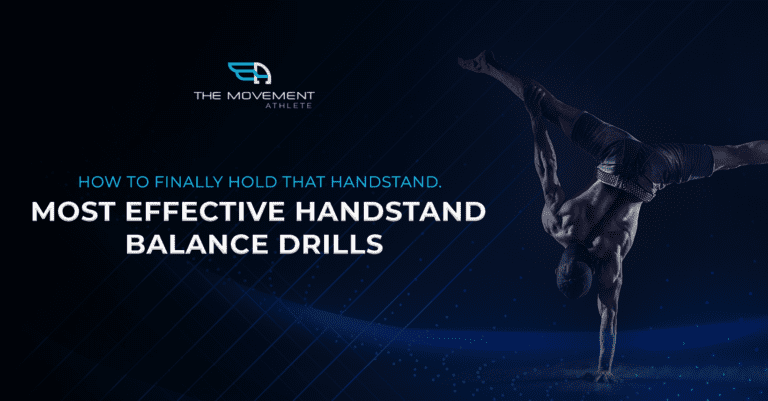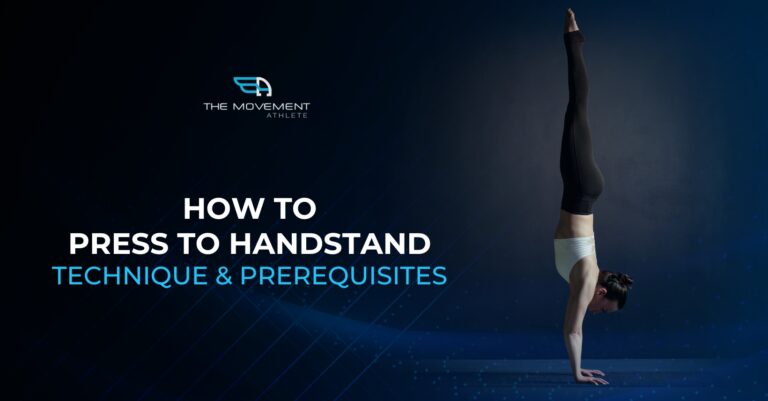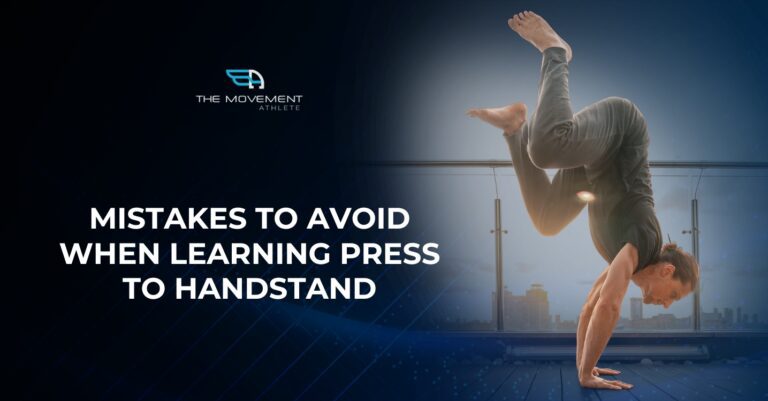How To Finally Hold That Handstand – Most Effective Handstand Balance Drills

A common reason why many people are afraid or getting stuck in their handstand journey is their fear of tipping over.

A common reason why many people are afraid or getting stuck in their handstand journey is their fear of tipping over.

Press to handstand is a handstand entrance variation that shows strong handstand control, combination of strength, flexibility, and mobility. Instead of the traditional way of jumping into a handstand, the press is a slow movement into a handstand.

The press to handstand progression is quite extensive because of the elements you need to breakdown for more efficient and safer learning progress.

These mistakes might be stopping you from learning the skill. It can either be one of them or a combination of the mistakes. But once, we address them, we’ll have you pressing away in no time!
Injuries are a part of life. And no matter what you do, whether you’re just walking in the parking, weight lifting, doing calisthenics, walking on stairs, etc, you still can get injuried.
Don’t worry. We’re not trying to make you anxious. Sometimes, it just happens.
But compared to simple movements like walking or push-ups, the risk of injuries increases as you do more complex movement patterns such as the press to handstand.
You’ve got to work on your press to handstand directly if you want to learn them at a faster rate. Specificity is key. Here’s a solid calisthenics workout that covers every aspect of the skill so you can train it safely and efficiently as possible.
Press to handstand has, first and foremost, a heavier strength element to the skill. If you want to learn press to handstand and work solely on mobility and technique, you will not get. There’s no option to pass specific strength training for the skill.
However, if you combine press to handstand strength and mobility, you will learn the skill at a much faster rate and achieve a better looking press to handstand!